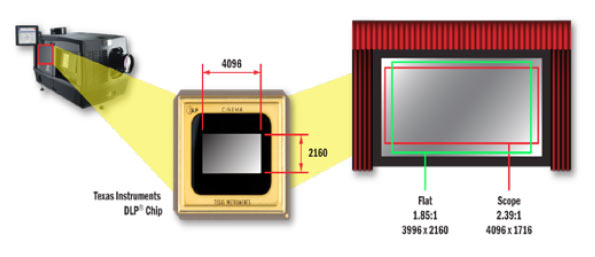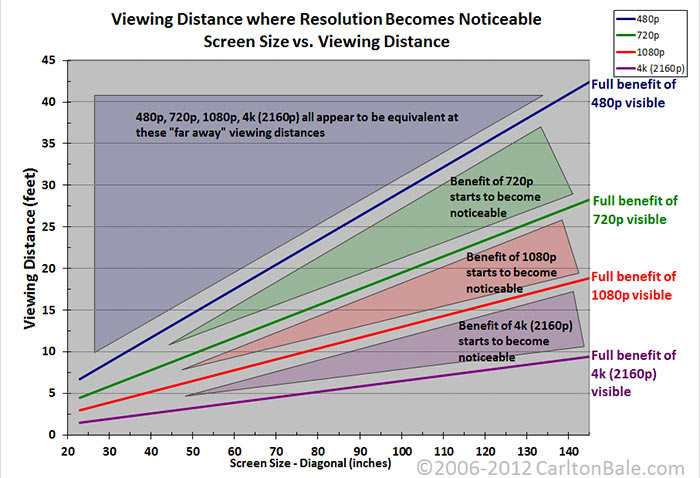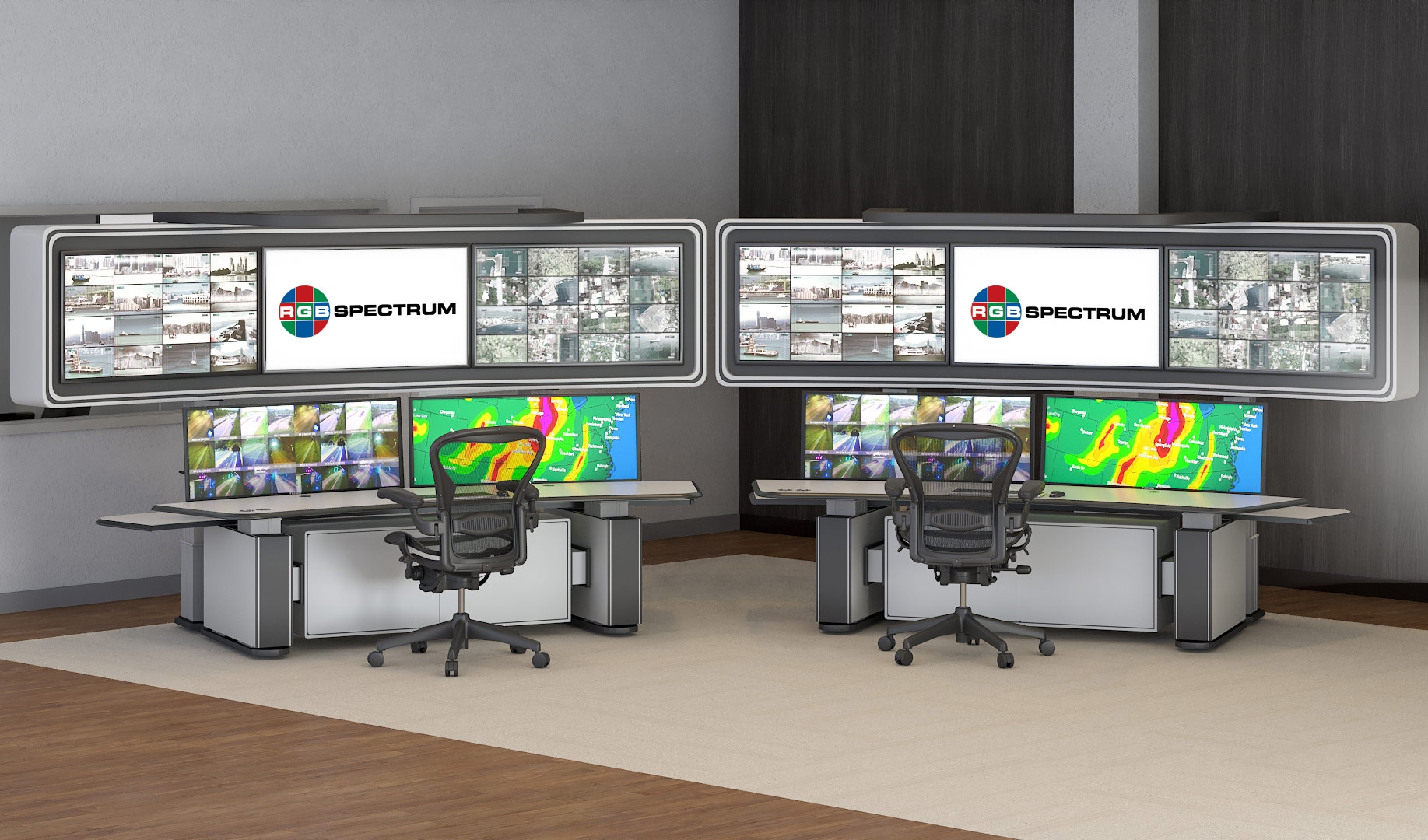4K Technology Primer: Part 1
In this age of ever-increasing video resolutions, 4K (also known as UHD or Ultra HD) technology has moved into the spotlight. 4K/UHD resolution offers considerable value in control room and audiovisual environments that require the highest level of visual clarity. Delivering 3840x2160 (8.3 million) pixels per display, it significantly enhances an operator’s ability to monitor and analyze finely detailed imagery.
The initial sections of this primer present an overview of 4K resolution and explore some technical considerations related to the deployment of 4K video processing and display technologies. The latter sections discuss the many ways in which RGB Spectrum video processors deal with 4K and UHD signals.
High definition (HD) resolutions (1920x1080) and DVI singlelink resolutions (1920x1200) have become commonplace — at home, on desktops and on video walls. However, the term “4K” requires some clarification, because “4K” and “UHD” have different meanings and correspond to different resolutions depending upon the vertical market. For the display market, UHD means 3840x2160 (exactly four times HD), and 4K is often used interchangeably to refer to that same resolution. For the digital cinema market, however, 4K means 4096x2160, or 256 pixels wider than UHD.
The reason for this wider 4K resolution, is that 4K digital cinema projectors must accommodate films that are produced in both “Flat” (1.85:1) and “Scope” (2:39:1) aspect ratios. The pixel resolution of Flat is 3996x2160, while the resolution of Scope is 4096x1716.
The choice of aspect ratio is determined by a film’s director and cinematographer, but the DLP® (Digital Light Processing) chip inside most projector engines is designed to accommodate both of these resolutions — the wider “scope” and the taller “flat.”

The DLP Chip accommodates two digital cinema film aspect ratios
Display Size, Resolution & Viewing Distance
4K technology is becoming more mainstream, and 4K monitors more affordable. As a result, we are increasingly seeing 4K UHD products deployed in a wide range of market areas. However, the limitations imposed by human vision raise some interesting questions about 4K deployment. What applications can benefit most from this higher pixel density and, by extension, in which situations is the incorporation of 4K UHD processing technology most effective?
Human vision is confined to a narrow spectrum of wavelengths and resolutions. The eye is capable of resolving various densities and pixel sizes, but in a control room (or at home) this ability is greatly affected by the distance between the viewer and the display.
Display devices are available in a wide range of sizes and resolutions. The smaller the screen’s diagonal size, the more densely packed its pixels will be, and the closer one would need to sit in order to discern a visible difference between lower and higher resolutions.
Display size and viewing distance are two critical factors that help determine the situations in which 4K resolution would add value to an application — regardless of whether the application resides on a video wall or on the desktop. The following chart, created by Carlton Bale (www.carltonbale. com) compares screen size and pixel density, and clearly illustrates the ideal viewing distances for each combination.

Viewing Distance / Resolution Comparison Chart
As the chart above illustrates, if one is viewing 4K signals on a small screen (e.g., 50 inches diagonal or less), the ideal viewing distance is approximately five feet. If one is farther away from the display, 4K imagery will effectively appear identical to that on an HD display. With 4K imagery on a larger screen (e.g., 80 to 105 inches diagonal), the ideal viewing distance increases to 12-15 feet. In contrast, the ideal viewing distance for a typical 50 inch 1080p HD display is approximately 12-15 feet, and 15-20 feet for a 105 inch 1080p display.
RGB Spectrum is a leading designer and manufacturer of mission-critical, real-time audio-visual solutions for a civilian, government, and military client base. The company offers integrated hardware, software, and control systems to satisfy the most demanding requirements. Since 1987, RGB Spectrum has been dedicated to helping its customers achieve Better Decisions. Faster.™


